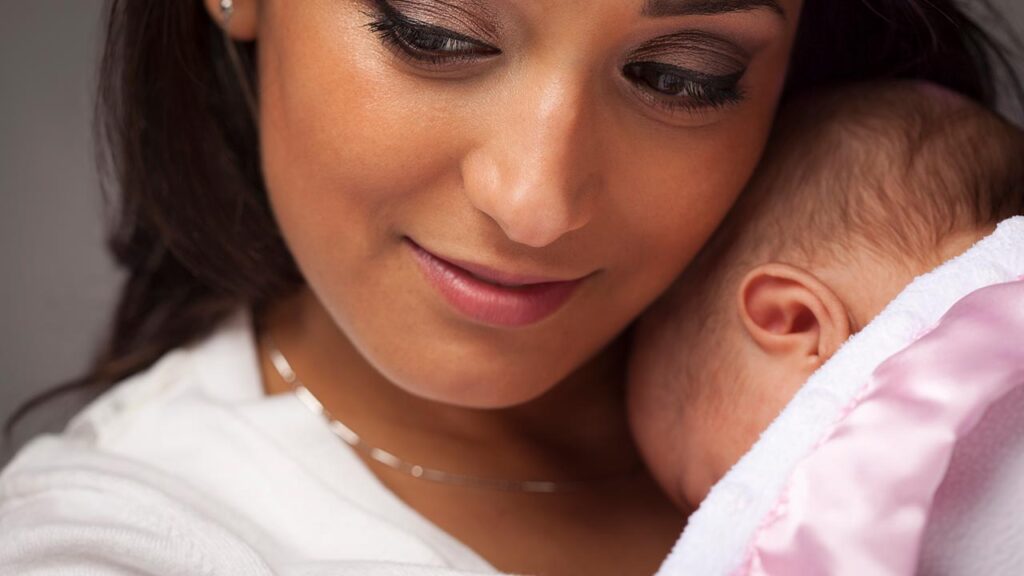
A 2013-2016 JDRF-funded study showed that the use of a continuous glucose monitor (CGM) during pregnancy for people with type 1 diabetes (T1D) results in healthier pregnancies and babies. The CONCEPTT study examined the use of CGMs during pregnancy in over 300 people with T1D. The use of a CGM during and prior to pregnancy resulted in 100 extra minutes per day with blood glucose in a healthy range, as compared to not using a CGM.
The findings supported the use of CGMs to improve neonatal outcomes (i.e., the health of the newborn). Babies born to people with T1D using a CGM were less likely to have hypoglycemia postpartum, and half as likely to have complications or require intensive care. Publication of the primary results appeared in The Lancet on September 15, 2017: Continuous glucose monitoring in pregnant women with type 1 diabetes (CONCEPTT): a multicentre international randomised controlled trial.
These findings influenced policy change in the UK, Australia, and the US, and influenced recommendations in Canada to provide all pregnant people with T1D access to CGMs.
2019: The UK, Australia, and the United States all recommend that CGMs be used to improve HbA1c outcomes in pregnant people with T1D.
2020: All pregnant people with T1D in the UK are offered funded real-time CGMs to manage diabetes in pregnancy.
2021: Recommendation in Diabetes Canada guideline: “In pregnant people with type 1 diabetes, real-time CGM should be used to increase time-in-range and reduce the risk of overweight infants, neonatal hypoglycemia and intensive care admissions >24 hours.”
2022: All Australians living with T1D can now access subsidized CGM devices following the expansion of the CGM Initiative by the Albanese Government.
These milestones demonstrate the impact that donors to JDRF can have on pushing forward progress that improves the lives of people living with T1D.
Through JDRF research funding and advocacy, real changes have been made to improve the lives of those living with T1D. A huge thank you to all JDRF supporters for making this happen.
Follow up studies tracking the children born to the participants involved in the original study will continue with funding from CIHR.